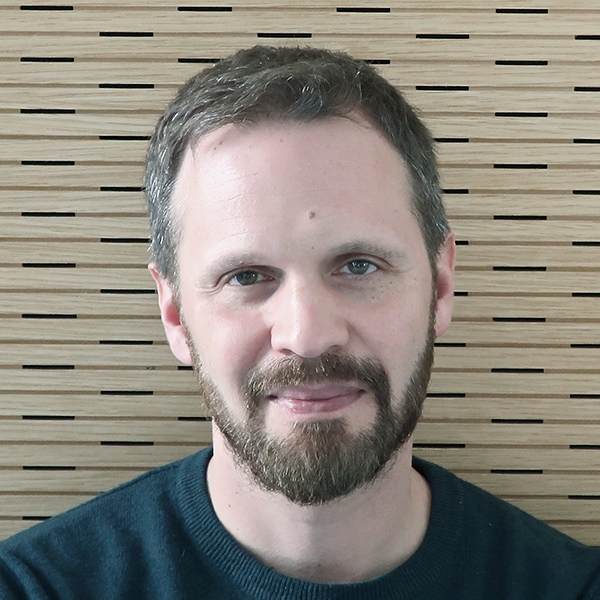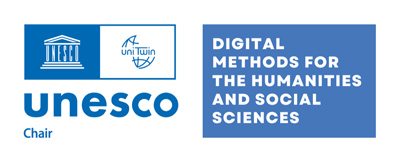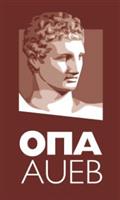Seminar Series: Digital Work [5th Lecture]
Seminar Series: Digital Work
|
Time |
Wednesday, 26 April 2023, 4:00 p.m. |
|
Place |
Trias Building, Room 107, Trias 2 & Spetson, Athens 11362 |
|
Speaker |
Dimitris Michailidis Malcolm H. Wiener Laboratory for Archaeological Science of the American School of Classical Studies at Athens |
|
Topic |
The Wiener Laboratory and the scientific study of the past |
Abstract
The Malcolm H. Wiener Laboratory for Archaeological Science, ASCSA is one of the leading laboratories of its kind in the eastern Mediterranean. It provides state-of-the-art facilities and equipment and extensive comparative collections, promoting the fields of bioarchaeology, geoarchaeology, archaeobotany, zooarchaeology, and materials science. Scientific research on archaeological materials is greatly assisted by the growing reference collections housed within the Wiener Laboratory. A number of comparative collections have already been developed and are constantly being added to, while new collections to support emerging areas of research are being planned. A virtual 3D faunal reference collection is being established with the use of the Artec Space Spider high-resolution 3D scanner based on blue light technology. The 3D objects will be hosted in a custom created web portal allowing their inspection and manipulation, including the measuring of Euclidean distances, while a set of metadata will provide specialized information to the user. This virtual 3D faunal skeletal collection will become an indispensable resource for researchers working in remote areas with no access to collections as well as to students and teachers in all educational levels.
Dimitris Michailidis

Dimitris Michailidis is the Laboratory Coordinator of the Malcolm H. Wiener Laboratory for Archaeological Science of the American School of Classical Studies at Athens. His BSc was in Biological Anthropology from the University of Kent and his MSc in Palaeobiology from Bristol University. His PhD in Palaeontology from the University of Athens focused on the palaeoecological and taphonomic analysis of Greek avian faunas and its implications to the study of the palaeoecology of Homo. He has a longstanding interest in the use of digital methods as an aid in the study of osteological material such as the application of geometric morphometrics in the study of functional morphology.


